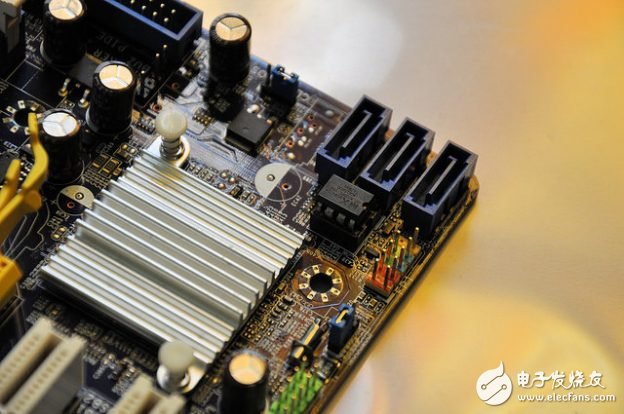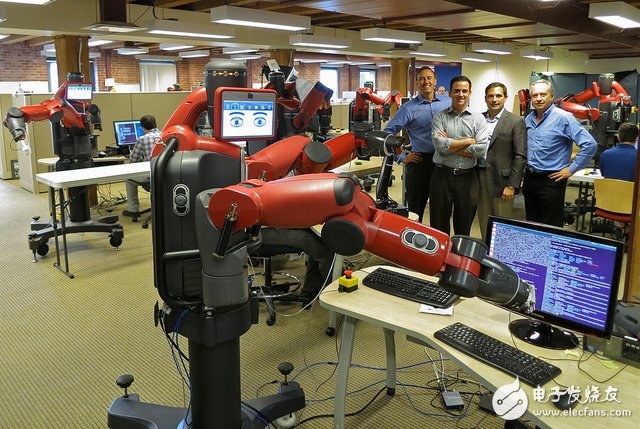Recently, the media reported that Taiwan's electronic component suppliers received an iPhone 30 order drop of 30% this year and was also asked to lower the order price by about 20%. Some Taiwanese suppliers believe that if they meet Apple's above requirements, they will not be able to obtain sufficient profits. Some suppliers (including ASE and several affiliates of Foxconn) have made it clear that it is impossible to accept Apple orders without reasonable profits. Compared with Apple's scenery in the consumer electronics market, Apple's suppliers have always been in a difficult situation, mainly in two aspects: Apple's "exploitation." In order to improve bargaining power, Apple has found nearly a thousand suppliers around the world. This allows suppliers to get Apple orders at a low price and in a lot of ways - earning "hard money." What's more, Apple will also make a reduction in orders and a lower asking price, which means that the supplier's profit margin is further compressed. Manpower costs are being pressured. While the compensation for OEMs that Apple has been steadily declining, the cost of labor has soared. In the past, suppliers were able to make money by taking the amount. When the labor cost rose rapidly, the prospect of this profit model was worrisome. Above, the industry believes that there are two paths for suppliers to solve their own survival dilemmas: First, to get rid of Apple's dependence - in the context of Apple's mobile phone is still the world's best-selling consumer electronics products, suppliers are difficult to have a "strong man's broken wrist" determination, so There are few people walking this path. The second is to reduce operating costs. Considering that Apple's quotation is declining year by year and labor costs are rising, suppliers need to find new ways to reduce operating costs. Industrial robots are one of the directions. Compared with traditional manpower, the biggest advantage of industrial robots is efficiency and low cost. Take cost as an example. If a factory needs three mature welding workers, the factory will cost 216,000 yuan per year. The industrial robot will be depreciated according to ten years of service life (including maintenance costs). The annual cost is about 50,000 yuan. Therefore, it can be concluded that under the same benefit, the cost of industrial robots is about 23% of the labor cost. Not only that, considering that the labor cost will increase year by year, and the cost of industrial robots hardly changes, the advantages of industrial robots compared with ordinary labor are further expanded. Therefore, under the background that Apple's bargaining power can't be reversed, the suppliers represented by Foxconn have begun to make efforts in the field of industrial robots. According to media reports, in 2015, Foxconn invested RMB 4 billion in artificial intelligence. In the Foxconn factory in Kunshan, Jiangsu, industrial robots were also introduced. The number of employees replaced is expected to be as high as 60,000 – because of the introduction of industrial robots. The number of employees at the Kunshan Foxconn factory has dropped from 110,000 to 50,000. At the same time, many Kunshan electronics manufacturers also want to introduce industrial robots (more than 600 companies report such ideas in the media), which reflects the environment of soaring labor costs and falling OEM profits. The firm determination of the factory to transform industrial robots. Driven by this power, the “machine substitution†strategy of Chinese factories will accelerate, and the demand for industrial robots will further increase. TrendForce Research Institute's research brand Takuya Industry Research Institute (TRI) estimates that the demand for industrial robots in China will reach 95,000 in 2016. In 2015, the sales volume of industrial robots in China was about 68,000 units, an increase of about 18% year-on-year. Based on the demand of 95,000 units, the sales of industrial robots in 2016 increased by about 39% year-on-year. This market is showing rapid development. Remote Vibration Collar,Rechargeable Dog Training Collar,Remote Dog Training Collars,Long Range Dog Training Collar Elite-tek Electronics Ltd , https://www.aetertek.ca
